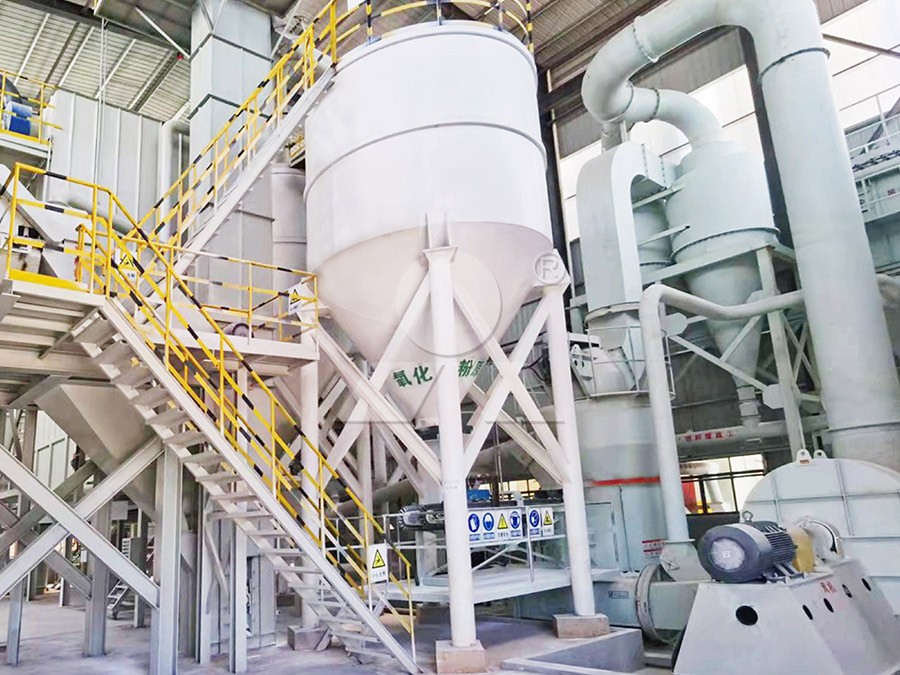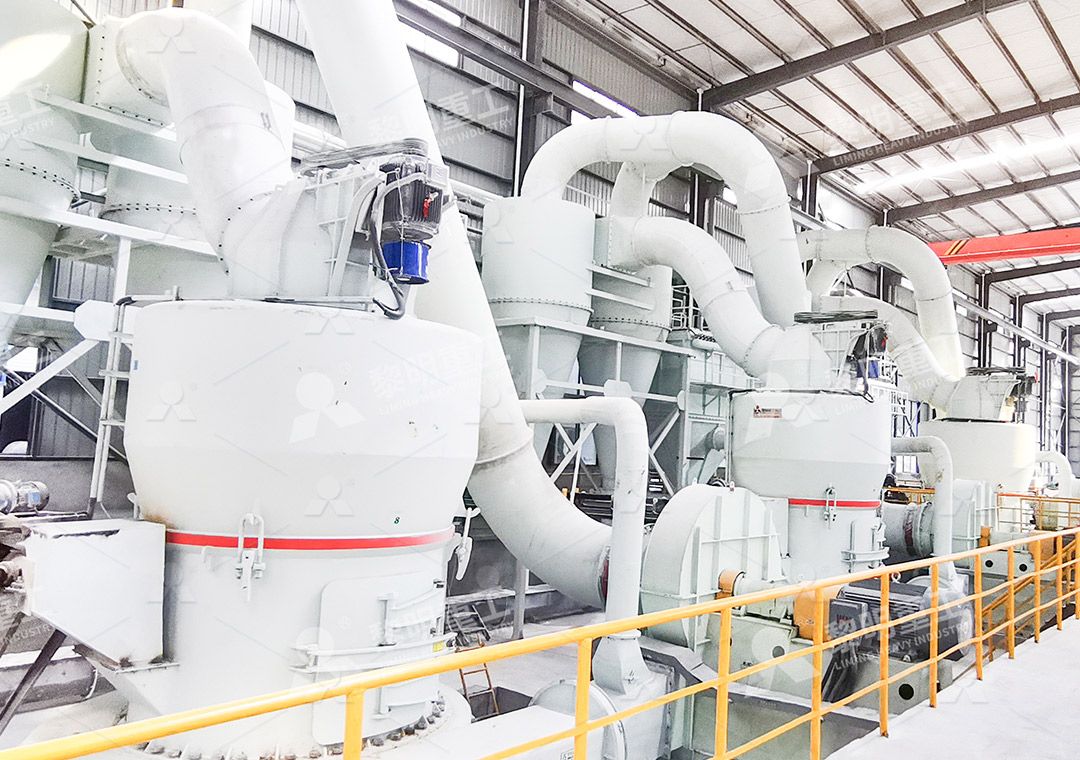Top 10 Essential Preventive Maintenance Tips for Your Mill Machine
We provide a wide range of mills — including Raymond mill, trapezoidal mill, vertical mill, ultrafine mill, and ball mill, obtained ISO9001 international quality certification, EU CE certification, and Customs Union CU-TR certification. Suitable for processing minerals such as limestone, phosphate, quicklime, kaolin, talc, barite, bentonite, calcium carbonate, dolomite, coal, gypsum, clay, carbon black, slag, cement raw materials, cement clinker, and more.
The discharge range of these mills can be adjusted to meet specific processing needs, typically from 80-400 mesh, 600-3250 mesh, and can achieve the finest particle size of up to 6000 mesh(D50).
If you are looking for a reliable grinding solution to turn stone or minerals into fine powder, please feel free to contact our online customer service.
Top 10 Essential Preventive Maintenance Tips for Your Mill Machine
Hey folks, let’s be real for a second. A mill machine ain’t cheap, and when it goes down, it ain’t just the repair bill that hurts—it’s the downtime. Lost production means lost money. Period. I’ve seen too many operations grind to a halt (pun intended) because of simple maintenance oversights that snowballed into catastrophic failures. It doesn’t have to be that way. A solid preventive maintenance (PM) plan is your best insurance policy. It’s not just about fixing things when they break; it’s about preventing them from breaking in the first place. Let’s dive into the top 10 tips to keep your mill running smooth and profitable.
1. Lubrication is Your Lifeline
This is the big one. Friction is the enemy. Running any bearing or gear dry is a one-way ticket to a massive repair bill. Follow the manufacturer’s manual to the letter on grease types and intervals. Over-lubrication can be just as bad as under-lubrication, causing seals to blow and attracting dirt. For newer tech, like our MW Ultrafine Grinding Mill, the lubricating device is installed externally. This means you can perform lubrication without shutdown, a huge advantage for 24/7 operations.

2. Keep It Clean, People!
I can’t stress this enough. Dust and fine powder might seem harmless, but they are abrasive and can infiltrate seals, contaminate lubricants, and cause premature wear on everything they touch. A daily blow-down with compressed air (safely, wearing a mask!) makes a world of difference. If your mill, like our MW model, has an efficient pulse dust collector, make sure you’re emptying it and checking for leaks regularly.
3. Listen to the Machine
Your mill talks to you. A change in sound is often the first sign of trouble. Get familiar with its normal hum. A new grinding, screeching, or knocking noise means something is wrong. It could be a loose part, a failing bearing, or something trapped in the grinding chamber. Don’t ignore the whispers, or you’ll hear the screams later.
4. Vibration Analysis
Take listening a step further with a vibration analysis tool. This isn’t just for massive plants anymore; affordable handheld meters can detect imbalances, misalignments, and bearing wear long before they become obvious to the human ear. Schedule regular checks and track the data to spot trends.
5. Inspect Wear Parts Religiously
Grinding rollers, rings, liners—they’re designed to wear out, just not too quickly. Establish a regular inspection schedule. Look for cracks, uneven wear, and measure thickness. Catching a worn roller early allows you to plan its replacement during a scheduled shutdown, not in a panic at 2 AM on a Sunday.

6. Belt & Chain Tension Matters
Loose belts slip, reducing efficiency and burning out. Over-tightened belts put immense strain on bearings and shafts. Same goes for drive chains. Check tension frequently according to the manual’s spec—usually a measure of deflection. A simple tension gauge is a wise investment.
7. Monitor Motor Load & Temperature
Keep an eye on the amp draw of your main motor. A sudden increase can indicate a clog, overly hard material, or a mechanical bind. Similarly, feel motor bearing housings (carefully!). If they’re too hot to touch, there’s a lubrication or alignment issue.
8. Check All Bolts and Fasteners
Vibration can and will loosen the toughest bolts. Implement a quarterly torque check on all critical fasteners, especially those holding the motor, reducer, and grinding assembly. This is a simple task that prevents disastrous failures. Some modern mills are designed to eliminate this worry internally; for instance, the MW Ultrafine Grinding Mill has no screws in the grinding chamber, preventing machine damage from loose internal fasteners.
9. Calibrate Your Controls
Is your feed rate accurate? Is the temperature gauge reading correctly? Are the hydraulic pressures for the grinding rollers within spec? Periodically calibrate sensors and controls. Running with incorrect parameters hurts your final product quality and puts extra stress on the machine.
10. Keep a Detailed Log
This is the glue that holds your entire PM program together. Log every inspection, every lubrication, every odd noise, every part replacement. This logbook becomes invaluable for diagnosing recurring issues, predicting part lifecycles, and proving maintenance history if warranty issues arise.

Look, consistency is key. A well-maintained mill isn’t just more reliable; it’s more efficient, uses less energy, and produces a higher quality, more consistent product. It’s the heart of your operation—take care of it, and it will take care of you.
For operations demanding ultra-fine powder with minimal fuss, consider a machine built for reliability. Our MW Ultrafine Grinding Mill is engineered with preventive maintenance in mind: external lubrication, no internal screws or rolling bearings in the grinding chamber, and a robust pulse dust collector system. It’s designed for higher yields and lower energy consumption, but most importantly, it’s designed to stay running. Check it out if uptime is your top priority.
